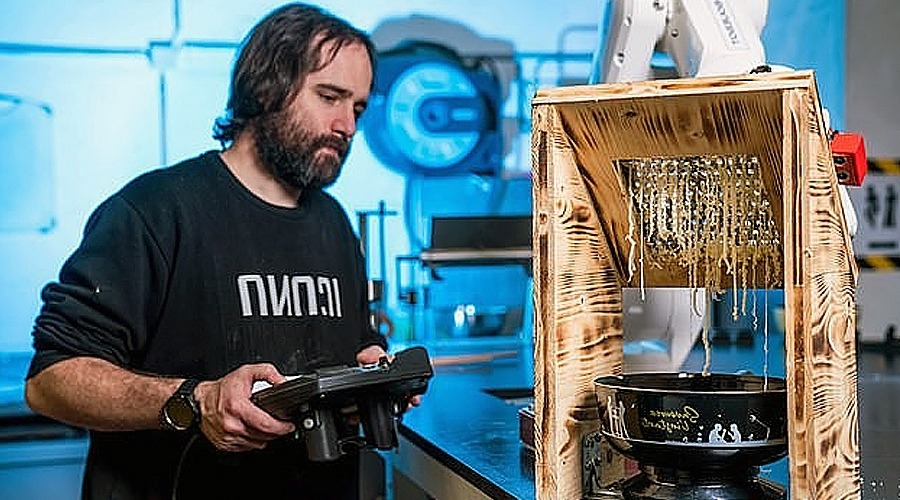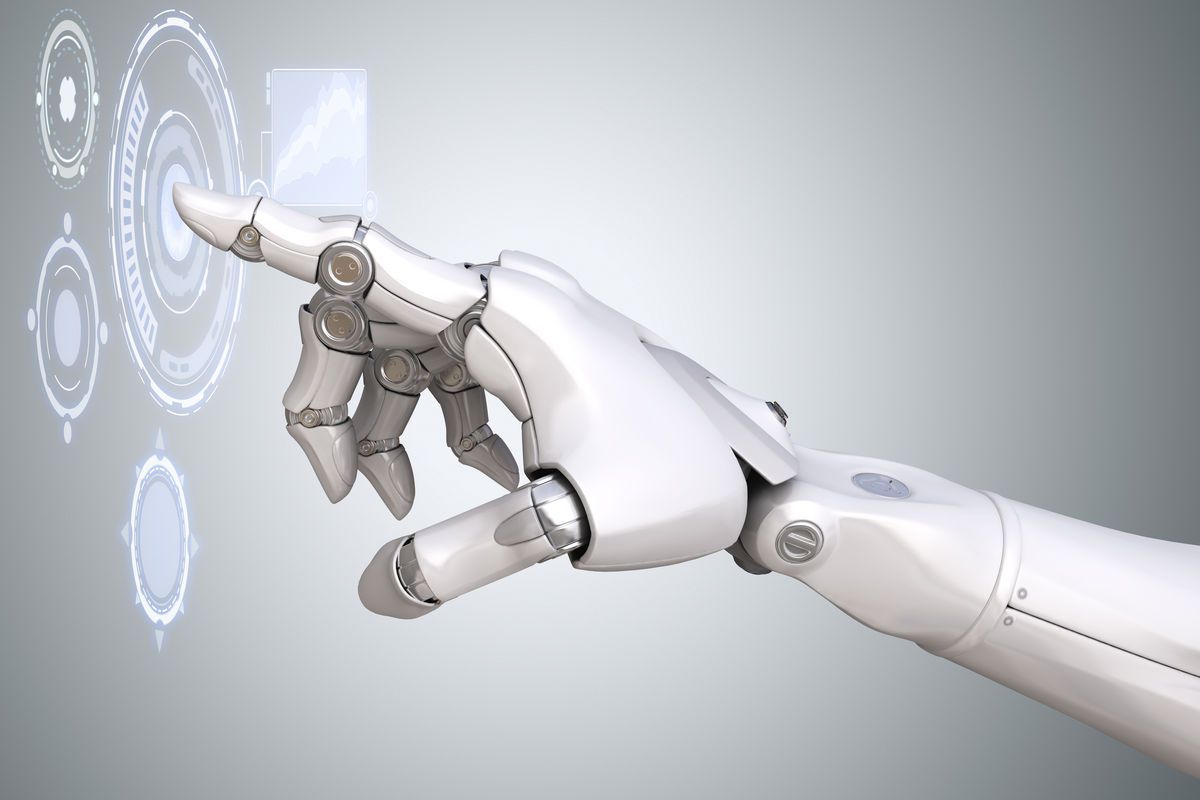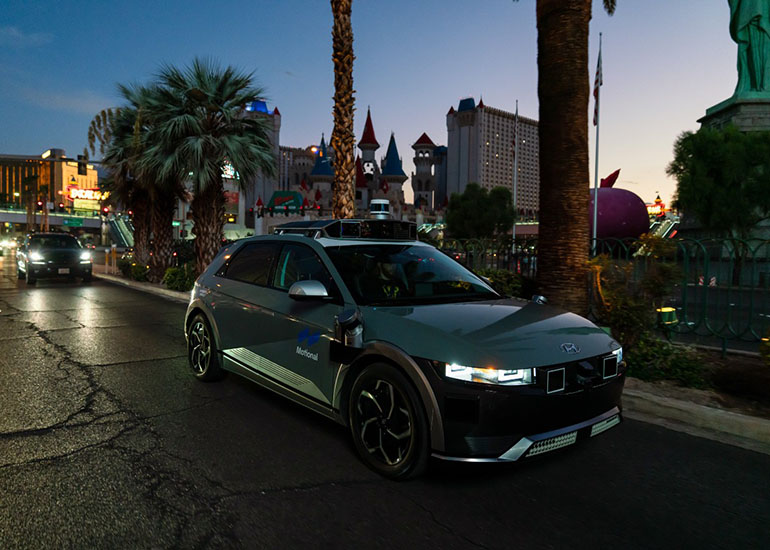In recent weeks, Hyundai Motor Group has unveiled two new robots, marking a significant step into the realm of commercial robotics. This move comes on the heels of Hyundai's acquisition of Boston Dynamics, hinting at the company's ambitious plans for robotic innovation and integration. Let's delve into the details of these intriguing additions to Hyundai's robotic lineup.
The first of these robots is DAL-e, dubbed an "Advanced Humanoid Robot" by Hyundai Motor Group. Designed to revolutionize automated customer services, DAL-e boasts cutting-edge artificial intelligence technology for facial recognition and an automatic communication system driven by a language-comprehension platform. Initially deployed in select car showrooms in Seoul, DAL-e represents Hyundai's foray into enhancing customer experiences through robotic interaction.
While DAL-e showcases Hyundai's commitment to incorporating robotics into customer-facing environments, some skeptics question its long-term viability and cost-effectiveness. Similar platforms like Pepper have historically struggled to justify their commercial value beyond novelty. Nonetheless, Hyundai remains optimistic about DAL-e's potential impact on customer engagement and service efficiency.
The second robot introduced by Hyundai is TIGER (Transforming Intelligent Ground Excursion Robot), a more complex and versatile creation. TIGER combines both wheeled and legged mobility, offering the flexibility to navigate diverse terrains and environments. This transformative design enables TIGER to excel in remote delivery applications, with the ability to traverse urban landscapes and even climb stairs.
However, the integration of legs into a wheeled platform raises questions about the practicality and efficiency of such a system. While Hyundai emphasizes TIGER's potential for remote delivery, critics argue that simpler wheeled or whegged platforms may offer comparable capabilities at a lower cost. Despite this, Hyundai aims to commercialize TIGER within the next five years, signaling their commitment to exploring innovative robotic solutions.
The emergence of DAL-e and TIGER underscores Hyundai's dedication to advancing commercial robotics and embracing unconventional ideas. These developments align closely with Boston Dynamics' ethos of pushing the boundaries of robotic innovation. While the timing of Hyundai's robotic ventures coincides with its acquisition of Boston Dynamics, it remains to be seen how these two entities will collaborate and shape the future of robotics.
As Hyundai ventures further into the realm of commercial robotics, the synergy between their newfound robotic endeavors and Boston Dynamics' expertise promises to usher in a new era of innovation and technological integration. The convergence of Hyundai's automotive prowess with Boston Dynamics' robotic ingenuity holds immense potential for revolutionizing various industries and enhancing human-robot interaction on a global scale.


















